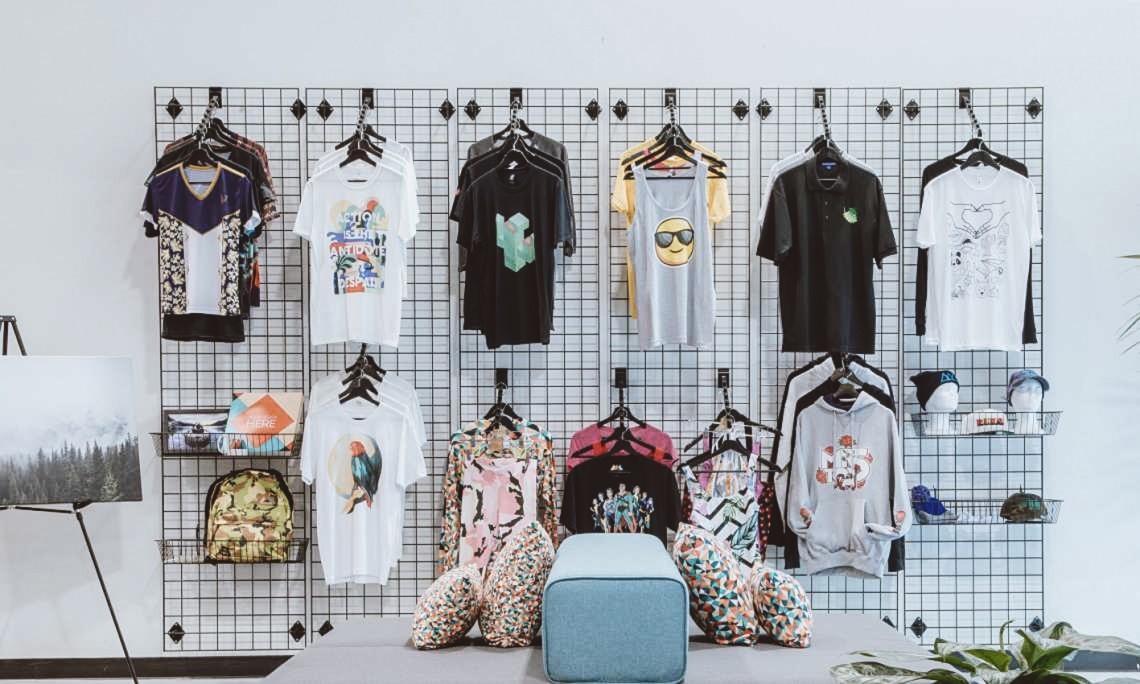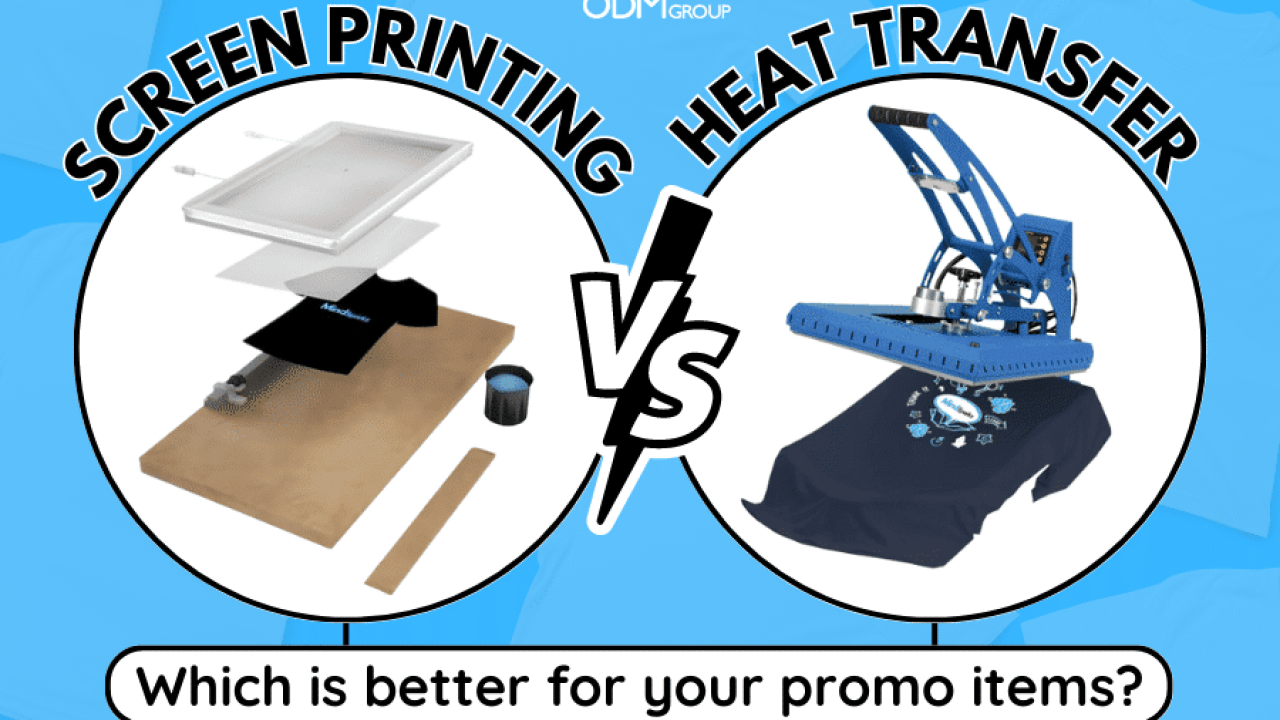The Best Guide To Tx Tees
Table of ContentsSome Known Incorrect Statements About Tx Tees Tx Tees - QuestionsTx Tees Can Be Fun For EveryoneAll About Tx TeesExamine This Report on Tx TeesNot known Details About Tx Tees Everything about Tx Tees
That brings your total amount to about $1,900 prior to tax and delivery. Accumulate other costs, like the variety of utilities it requires to run the store and the cost of ink and solution per style. custom cap printing. Take the print below as an example. This is a one-color image, so the price of ink per t-shirt is approximately 20 cents.The solution needs to just be a couple of cents given that you 'd just require to layer one display for this task. Usually, printers attempt to make up to 45% earnings on a print work.

With DTF, you can publish a handful of tee shirts, or just one. Use the very same calculator as the area above to compute just how much profit you 'd use DTF transfers. Compare the costs and profits to whichever approach speaks ideal to your arrangement and process. Both display printing and DTF have their particular niches in the globe.
Indicators on Tx Tees You Need To Know
The most effective method to recognize? Ask about and see what printing shop like your own are doing. screen printer. Attempt both out and see which you like far better
When you're choosing what sort of printing technique to utilize for publishing your art work layouts on your garments, it is necessary that you understand the distinctions in between these two strategies so you can optimize outcomes while lessening prices. Screen printing is one of the most typically utilized strategy for publishing styles on fabrics.
DTG printing is likewise called spot or direct to garment printing because it prints only what is needed rather than making a screen as display printers do. https://www.imdb.com/user/ur179351644/?ref_=nv_usr_prof_2. Display printing works by display filler squeegee screen printing ink display mesh screen, after that transferring the photo to garment utilizing heat and/or stress
The DTG printer uses unique dye-sublimation inks that are used into a pre-designed photo by a digital printing system. The inks come to be part of the textile, enabling for vibrant colors and exceptional information. It's also called place or direct to garment printing due to the fact that it prints just what is required as opposed to making a display as display printers do.
Get This Report on Tx Tees
Initially, it's much quicker - you can publish a fullcolor image in minutes, rather than hours for display printing. Second, there's no established time or expenses entailed - you can publish any kind of layout you like, without having to produce a screen first. Third, there's no waste - since screen printers screen print one design at a time, they have to screen each color separately.
The paper is very expensive and can just be made use of as soon as. Once it's published on, it has actually to be thrown out. - The first acquisition cost is reduced than the in advance investment of DTG printers- You can print multi-color designs one display at once as opposed to having to print each color separately like DTG printing.

Top Guidelines Of Tx Tees
Instead of utilizing display mesh as display printers do, color sublimation printers use laser innovation to move your images onto garments or paper. A heat process moves the color from its solid-state straight into the gas phase which consequently integrates it onto textile substrates when they are rapidly heated up to high temperature levels under high stress.
Sublimation printing is environmentally friendly. It utilizes much less water than screenprinting, and due to the fact that it does not entail using harmful solvents, it's risk-free for all kinds of clothing. The dye sublimation inks are additionally odorless when treated, unlike screen printers that utilize dangerous chemicals throughout the display printing procedure that leave an undesirable smell.
They additionally conserve cash on pricey tools like direct exposure devices since dye sublimation printers don't require a UV exposure unit or a flash cure stove that is typically used in screen printing (custom screen printing). What is straight to garment printing (DTG Printing)? DTG printing is an electronic screenprinting procedure that prints directly onto fabric making use of specialized inkjet printers
The Only Guide for Tx Tees
DTG printing provides many advantages over standard screenprinting, including the ability to publish photographic quality photos, higher shade vibrancy, and the ability to publish styles on darker fabrics. DTG printers function by heating the fabric ink up until it develops into a gas. The gas then penetrates the fabric, bonding with the fibers to develop a permanent print.

Display printers merely prepare their display after that begin publishing up until they run out of product or ink.- There is a vast array of experienced screen printers throughout the globe, which can be handy for newbies. - It's a slower procedure - display printers typically have to wait on the ink to completely dry prior to they can print the following color- Screen printers need hands-on labor, so there's a higher knowing curve and it takes longer to generate a high-grade layout- Display printing isn't as precise as DTG printing, so you may obtain some "bleeding" of colors from one component of the picture onto one more if not done effectively.
The Buzz on Tx Tees
Rather of using display mesh as screen printers do, dye sublimation printers make use of laser innovation to move your images onto garments or paper. A warm procedure transfers the color from its solid-state directly into the gas stage which in turn merges it onto textile substrates when they are quickly warmed to high temperatures under high stress.
Sublimation printing is eco-friendly. It utilizes much less water than screenprinting, and because it does not involve using damaging solvents, it's secure for all sorts of clothing. The color sublimation inks are also odor free when healed, unlike display printers that use dangerous chemicals throughout the screen printing process that leave behind an undesirable odor.
They also save cash on pricey equipment like exposure systems considering that color sublimation printers do not require a UV exposure system or a flash remedy stove that is commonly used in display printing. What is direct to garment printing (DTG Printing)? DTG printing see page is a digital screenprinting process that prints directly onto material utilizing specialized inkjet printers.
Unknown Facts About Tx Tees
DTG printing provides many benefits over traditional screenprinting, consisting of the capacity to print photographic quality images, better shade vibrancy, and the capability to print layouts on darker textiles. DTG printers function by heating the textile ink till it develops into a gas. The gas then permeates the material, bonding with the fibers to develop an irreversible print.